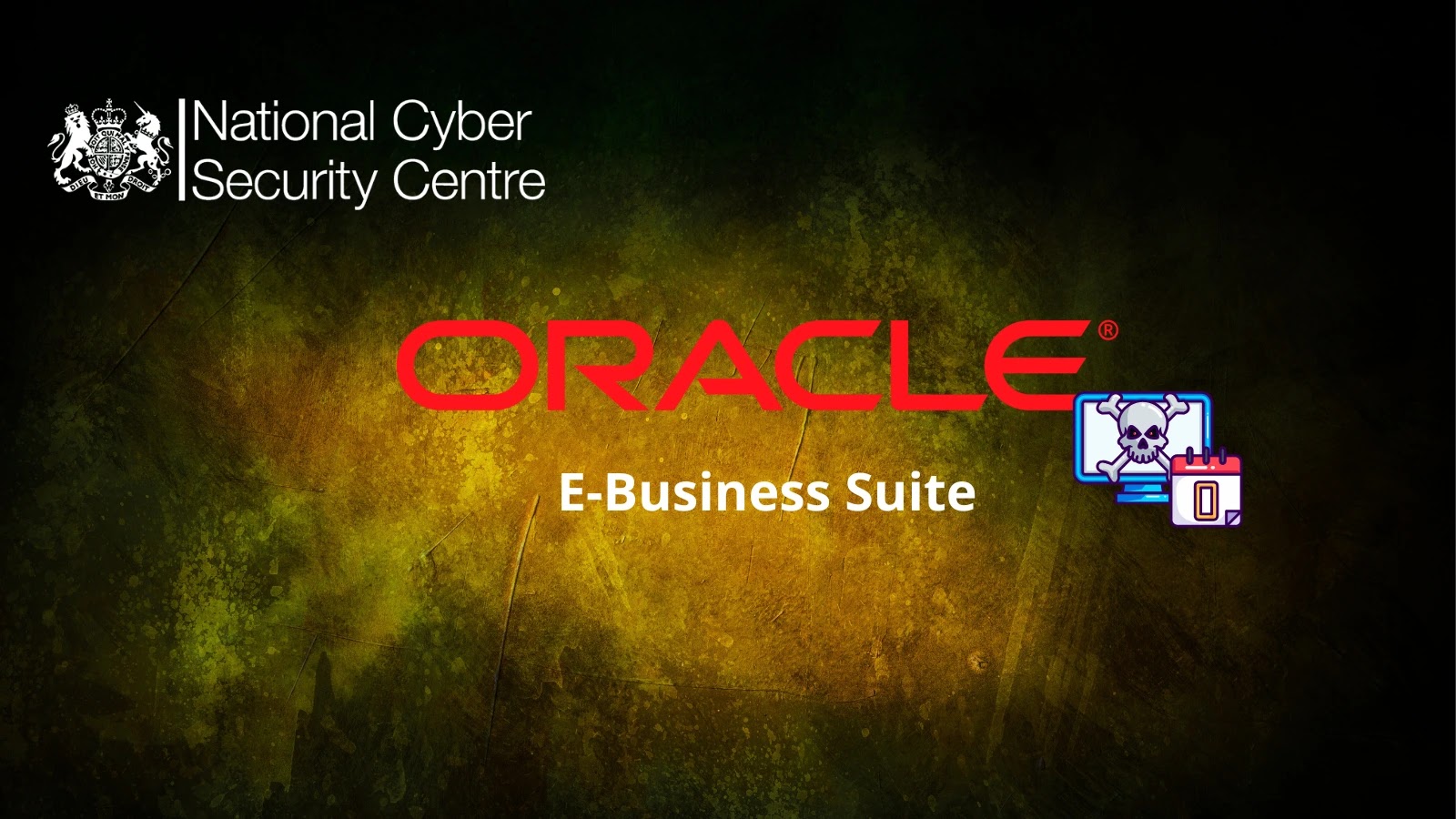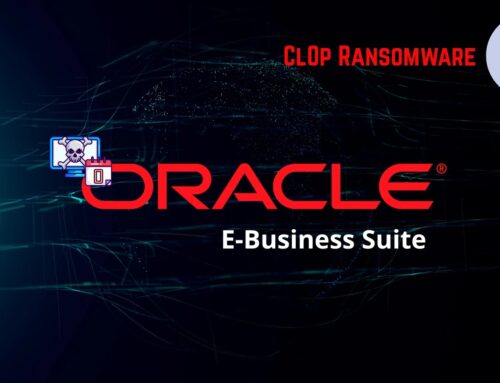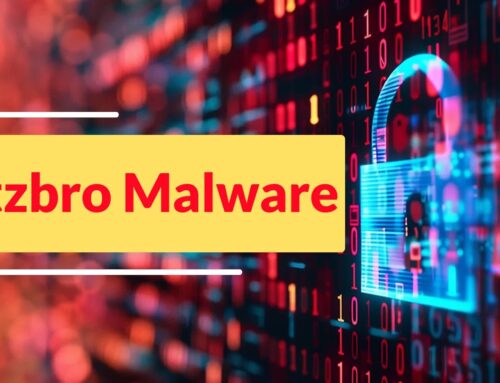
NCSC Warns of Oracle E-Business Suite 0-Day Vulnerability Actively Exploited in Attacks
A flashing red light is visible on the cybersecurity radar for organizations relying on Oracle E-Business Suite (EBS). The National Cyber Security Centre (NCSC) has issued a critical warning regarding an actively exploited zero-day vulnerability. This isn’t a theoretical threat; it’s a present danger demanding immediate attention from IT professionals and security teams alike.
Understanding the Oracle EBS Zero-Day: CVE-2025-61882
The vulnerability, officially tracked as CVE-2025-61882, represents a severe gap in the security posture of Oracle E-Business Suite. Specifically, this flaw resides within the BI Publisher Integration component of Oracle Concurrent Processing. The most alarming aspect? It permits **unauthenticated remote code execution (RCE)**. This means an attacker, without needing any credentials, could execute malicious code on a vulnerable system from a remote location. The implications of such access are profound, ranging from data exfiltration and tampering to complete system compromise.
Who is at Risk? Identifying Vulnerable Systems
The NCSC’s warning explicitly targets a significant range of Oracle E-Business Suite versions. Organizations running **EBS versions 12.2.3 through 12.2.14** are particularly susceptible to this zero-day exploitation. While the full extent of the active exploitation is still under investigation, the NCSC’s proactive alert underscores the severity and the immediate need for vigilance, especially for instances with external exposure.
The Impact of Remote Code Execution
Remote Code Execution vulnerabilities are consistently ranked among the most critical threats due to the extensive control they grant attackers. In the context of Oracle E-Business Suite, an RCE exploit could lead to:
- Data Breach: Unauthorized access to sensitive financial, customer, and operational data.
- System Takeover: Attackers gaining full control over the EBS environment, leading to disruption of critical business operations.
- Malware Deployment: Installation of ransomware, spyware, or other malicious payloads.
- Lateral Movement: Using the compromised EBS system as a stepping stone to infiltrate other parts of the corporate network.
Remediation Actions: Securing Your Oracle EBS
Given the active exploitation of CVE-2025-61882, immediate action is paramount. While a direct patch from Oracle might still be pending or require specific release updates, organizations should take the following steps:
- Patch Management: Regularly monitor Oracle’s security advisories and patch releases. Apply any available patches for Oracle E-Business Suite as soon as they are made available to address this specific vulnerability or any related security fixes.
- Network Segmentation and Access Control: Isolate Oracle EBS environments from public internet access wherever possible. Implement strict network segmentation and access control lists (ACLs) to limit inbound and outbound connections to only necessary services and trusted IP ranges.
- Intrusion Detection/Prevention Systems (IDPS): Ensure your IDPS are updated with the latest signatures to detect potential exploitation attempts targeting Oracle EBS. Configure them to alert on suspicious activity related to BI Publisher Integration and Concurrent Processing.
- Web Application Firewalls (WAFs): Deploy and properly configure WAFs in front of your Oracle EBS instances. WAFs can provide an additional layer of defense by filtering malicious traffic and blocking known attack patterns.
- Vulnerability Scanning and Penetration Testing: Conduct regular vulnerability scans and penetration tests on your Oracle EBS deployments. This can help identify misconfigurations, unpatched systems, and potential attack vectors before attackers do.
- Logging and Monitoring: Enhance logging capabilities for your Oracle EBS environment, focusing on audit logs for BI Publisher and Concurrent Processing activities. Implement robust security information and event management (SIEM) systems to actively monitor these logs for anomalous behavior.
Tools for Detection and Mitigation
Leveraging the right tools can significantly enhance your ability to detect and mitigate risks associated with CVE-2025-61882.
| Tool Name | Purpose | Link |
|---|---|---|
| Nessus | Vulnerability Scanning & Assessment | https://www.tenable.com/products/nessus |
| OpenVAS | Open Source Vulnerability Scanner | http://www.openvas.org/ |
| Snort/Suricata | Intrusion Detection/Prevention Systems | https://www.snort.org/ / https://suricata-ids.org/ |
| ModSecurity | Web Application Firewall (WAF) | https://modsecurity.org/ |
| Splunk / ELK Stack | SIEM for logging and monitoring | https://www.splunk.com/ / https://www.elastic.co/elastic-stack/ |
Staying Ahead of Exploitation





